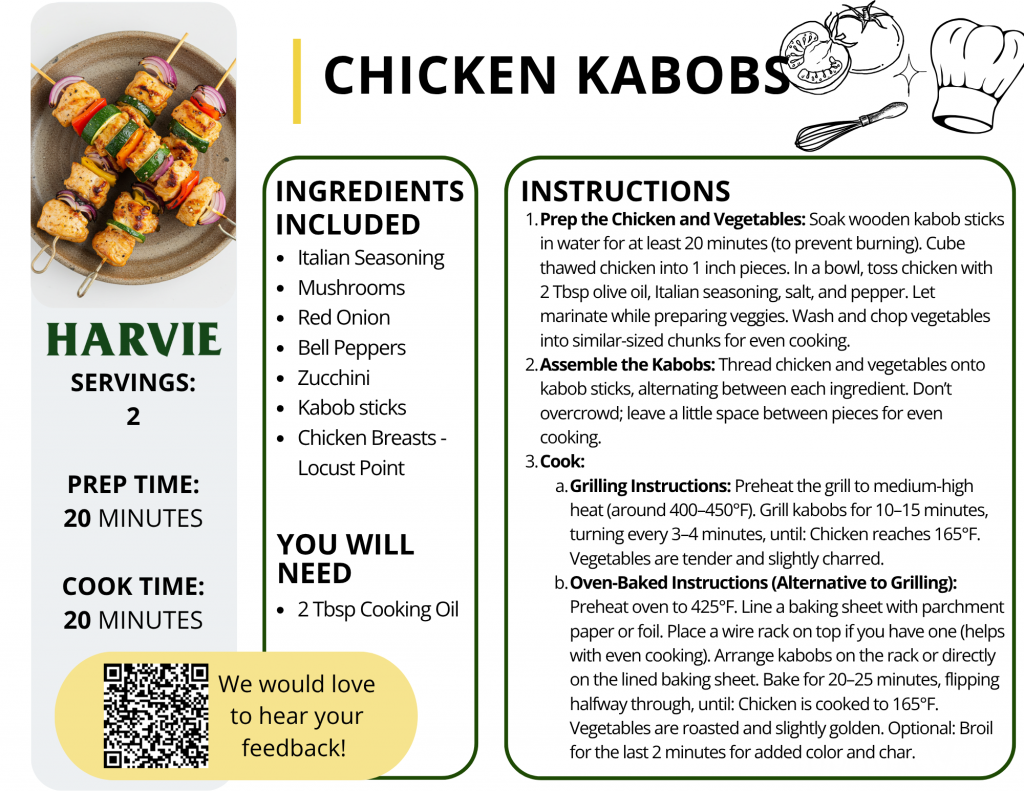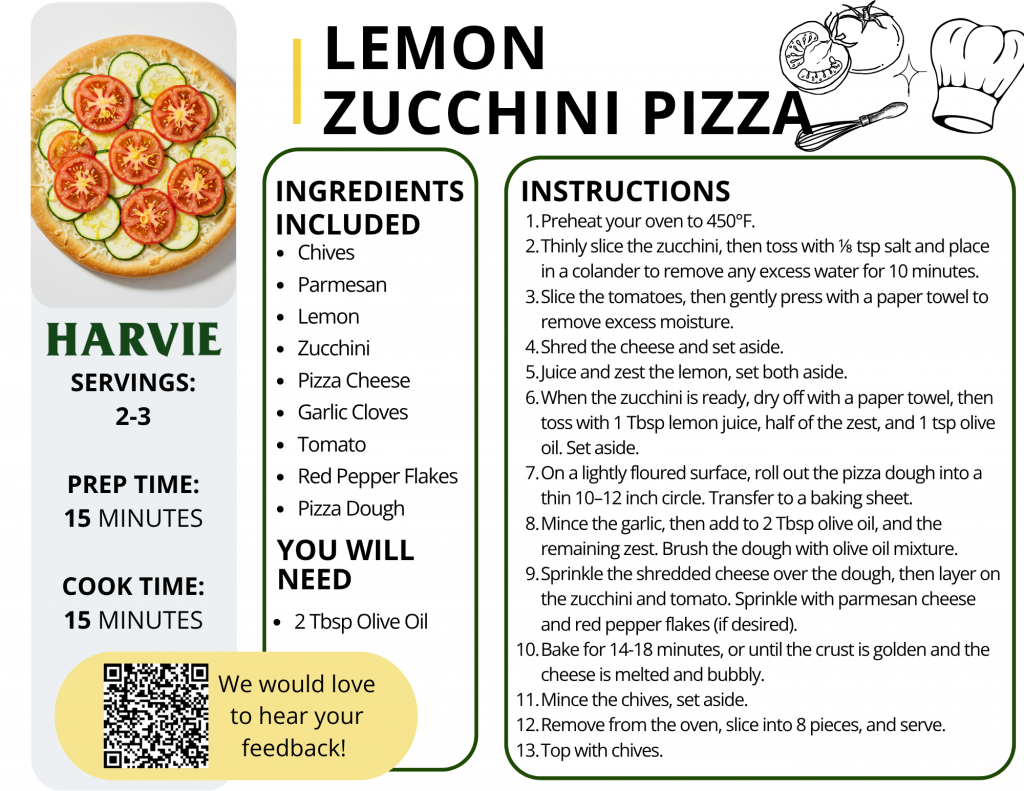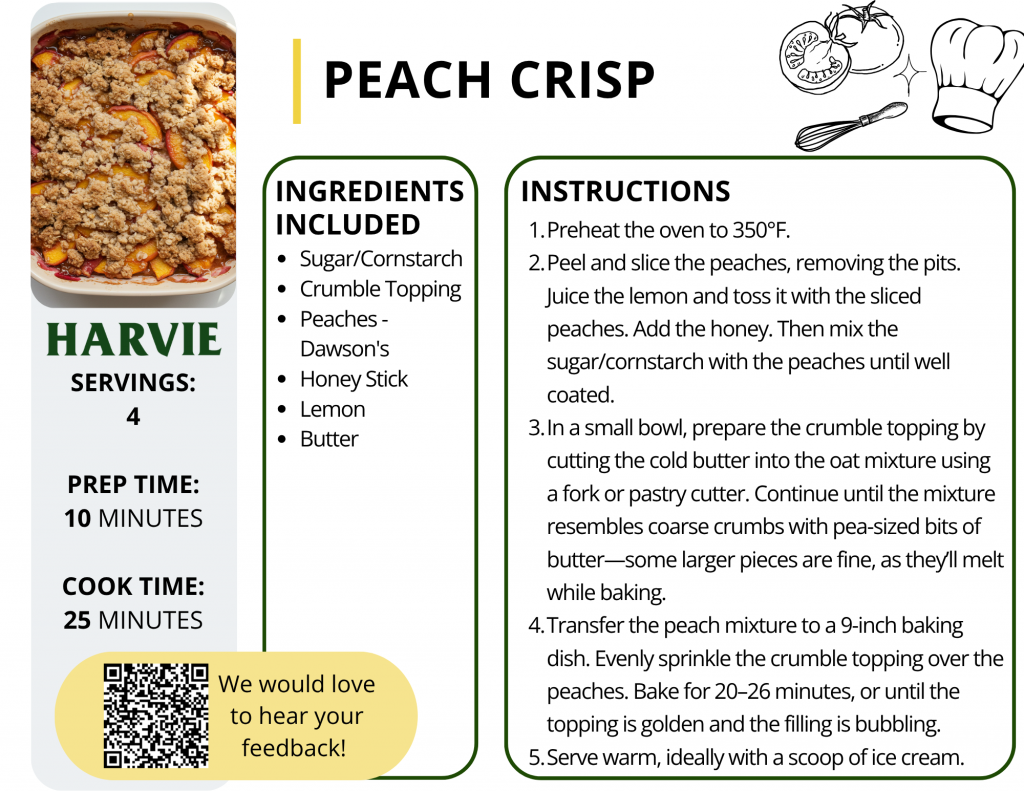Hello,
After many years of farming and processing meat, Jubilee Hilltop Ranch has decided to wind down their meat processing and sales. Rising costs of livestock and transportation have made it hard for them to keep going in a sustainable way, and they are bringing this part of their business to a close.
Jubilee was one of the anchor farms when we first started building out Harvie deliveries in 2020. Their beef helped prove that an independent food economy could work at scale, with real farms and real people on both ends of the truck. They helped us build the “plumbing” that now carries food from dozens of small producers into your kitchen.
Because we believe in what they built, we bought out a big chunk of their remaining inventory. Here is what that means for you:
- Jubilee Hilltop Ranch ground beef is now marked down so we can send it to good homes instead of sitting in a freezer.
- We also get Laurel Hill trout through Jubilee, so this is your last chance for that trout on Harvie too.
- Once we sell through the Jubilee beef and the Laurel Hill trout we have on hand, that is it. No more reorders.
We are sad to see these partners step back, but we are already working with new farms and butchers so your box will stay full of great meat from the independent food economy.
If you want one more Jubilee burger night or one more Laurel Hill trout dinner, now is the time.
👉 Stock up on the last of Jubilee Hilltop Ranch and Laurel Hill trout here
Always independent,
Harvie, eatharvie.com



